President’s Note:
The year draws to a close and a new one is upon us. In 2020 we ended up in various court cases to protect salmon and we’re better off for it. We were part of an effort that kept the western San Joaquin Valley ag interests from siphoning more Sacramento River water by raising Shasta Dam. We were part of the legal effort that stopped the federal government from sucking probably millions of baby salmon to their deaths in the Delta pumps last May.
We were part of a group that won a key victory that should prove very helpful to our commercial fishermen and women members by making it harder to dump genetically altered giant mutant Atlantic salmon on the market. We’re still in court challenging threats to salmon from both state and federal government actions across the Delta
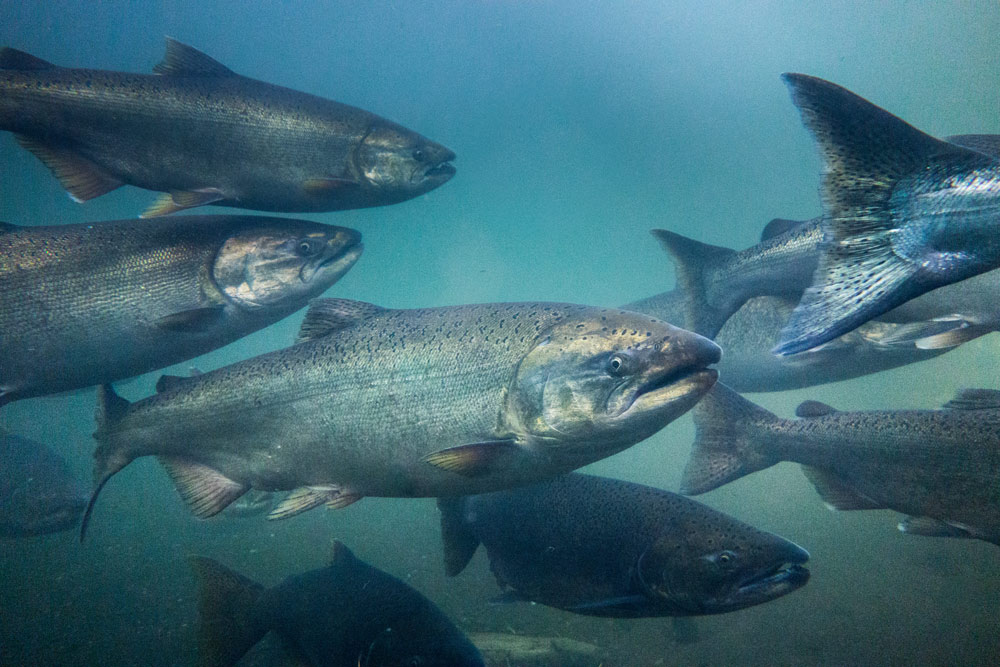
There were more fish caught this past season due to our efforts, along with others, to increase the number of hatchery fish released at Sausalito, a move that significantly boosts survival. We finally saw the two new tanker trucks, needed to move those baby hatchery salmon, pressed into service after our work getting funding approved in the state legislature.
Looking ahead to 2021 we have serious work to do to stop more excessive Delta pumping until we can get a court to give us a final fix. Although there’s a new occupant of the White House, lots of work needs to be done to bring the new administration up to speed on the needs of salmon. Same goes for our newly minted US Senator, Alex Padilla and whoever follows departing state Attorney General Xavier Becerra, who has been a great friend to salmon.
On the hatchery side, CDFW has made statements about scaling back releases at Sausalito’s Ft. Baker, which we’re working to make sure they don’t. We’ve got several new initiatives to further improve hatchery releases based on new survival information. In 2021 we expect to resume the experimental release of Coleman Hatchery fish downstream to boost their survival.
We’ve got work to do to see that the state upholds the best available new science in considering permits to build Sites Reservoir and other projects. We expect another hard year of trying to get help for salmon from the State Water Resources Control Board.
We’ll be working to see various habitat restoration projects move forward, from opening the Yolo Bypass to restoring rearing floodplain and side channel habitat in both the Sacramento and Feather Rivers. There’ll be much more coming at us that we don’t even know about yet.
We greatly appreciate the support of those who believe as we do that salmon deserve a strong place on California’s landscape. More to come.
Return updates: Hatcheries all got their eggs, river fishermen and women not so much
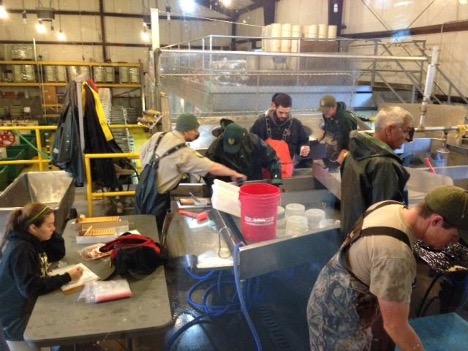
After a lot of worry, and poor salmon returns to the Central Valley this year, it now appears that at least the hatcheries were able to take enough eggs to meet their targets. Last to come in were fish to Nimbus and the Mokelumne hatcheries. Meanwhile, there was a spot of good news up on Battle Creek where the first three year old adult winter run returned. This was a fish released in upper Battle Creek in an act of desperation during the height of the drought when officials worried the population in the upper Sacramento would go extinct (but for the hatchery, they would have). With this adult winter run return, we’re further down the road to establishing two populations of winter run. Ocean salmon fishing is often constrained to protect winter run so more of them should equate to fewer fishing constraints. All of this comes against a backdrop of river guides reporting the worst season on record. If fish came back to the Sacramento Valley, there likely weren’t many or they were mysteriously hard to catch. Our guess at the moment is we’re down to almost all hatchery fish, with very few fish born in the wild returning to spawn. Maybe this is causing fish from the various hatcheries to return all at once instead of being spread out over a season, mixed with natural spawners. In addition, possible warmer rivers and deep water holding holes, some now lost to sedimentation, may be causing the fish to swim as fast as they can back to the hatcheries, once they’re in the valley. Just guessing here. Stay tuned. We’ll know a lot more by March when the coded wire tags, recovered from fish, are recorded and analyzed.
Wrestling with the SF Public Utilities Commission, what’s that got to do with salmon?
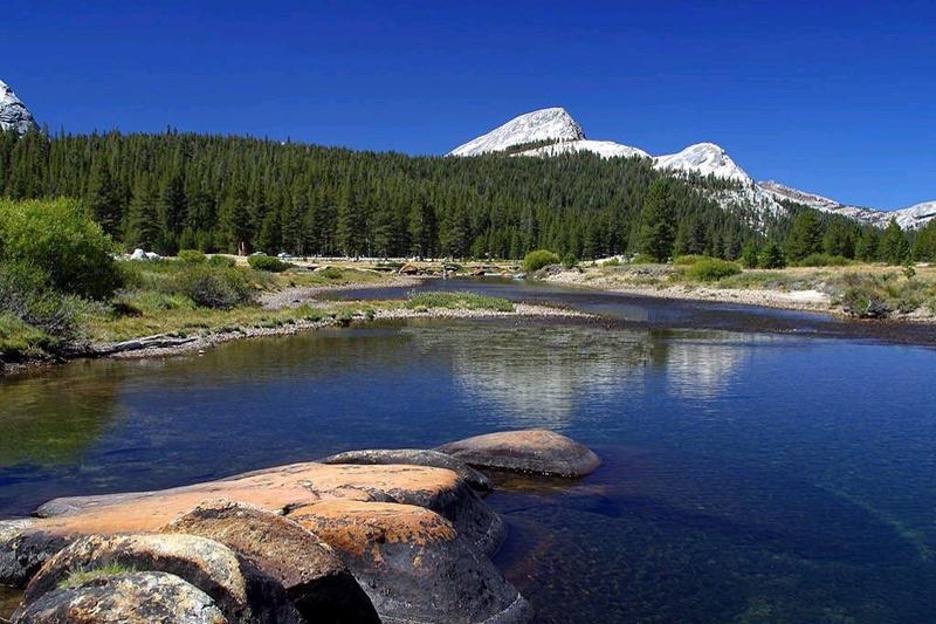
The Tuolumne River, which feeds into the San Joaquin, doesn’t produce many salmon but it may play an outsized role in future water needed for salmon in other parts of the Central Valley. When the incoming Biden administration looks west and hears of competition between big ag interests and the salmon fishery it’s likely they’ll ask their California friends for their views. If they hear from Senator Dianne Feinstein and Governor Newsom, they may well hear a story that all is fine, nothing to see here. Exhibit A could be the voluntary agreement proposal being put forward by those who divert the Tuolumne, which includes not only San Francisco, but also the Turlock and Modesto Irrigation water districts. In many years these three drain 80 percent of the Tuolumne, making it lethal to salmon which once numbered in the tens of thousands there. If San Francisco tells the White House they’ve got an environmentally responsible proposal, who’s the White House to argue? If the White House accepts that California’s water system is fine, on the word of trusted members of the same party, based on 80 percent diversion being acceptable, salmon are in big trouble. At the end of the day it’s the state that’s supposed to decide how to balance water use but the feds will have an important role to play.
GSSA is working to get some counter points of view heard by the new federal administration. Time will tell how successful we are. Our opening line may be something about the current court case we have against the Trump diversion rules that allows another 600,000 acre feet of water to be siphoned out the Delta annually. We hope the new administration will reverse the damage done by its predecessor.
GSSA joins allies telling state agency to trim money going to water storage projects delivering fewer benefits
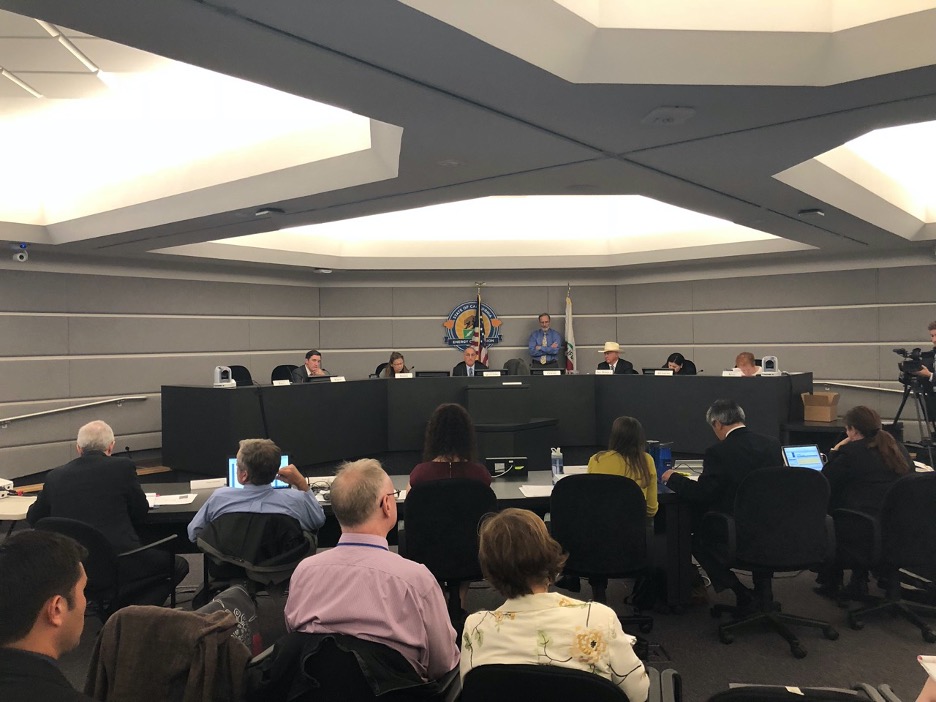
GSSA recently joined allies in telling the California Water Commission to think twice before doling out huge sums for new water projects harmful to salmon. The Water Commission recently found that one of the projects it funded was killed because it didn’t pencil out and couldn’t attract investors. So this project had to give back money it had earlier received from the commission. Imagine a state agency suddenly discovering extra millions to spend.
GSSA and our allies also told the water commission it needed to take back some of the money it had awarded to build the Sites Reservoir in the Sacramento Valley. That money was awarded based on the environmental benefits the new reservoir theoretically could provide. The reservoir proponents subsequently were forced to downsize their project because the damage it would actually do to the environment, along with costs and other considerations. Now, the smaller proposed project will supposedly provide smaller environmental benefits (if one accepts that diverting water from rivers can ever help the environment). No doubt the Sites proponents would have preferred the water commission would have failed to notice the promised smaller environmental benefits and left the awarded money as is. We noticed.
Feather River group working to fix hot water pollution problem
Discussions and planning continue on the Feather River to fix the hot water pollution problem there. The state Dept. of Water Resources seems serious about addressing the pollution problem it created for salmon when it built the Oroville Project. DWR has many engineers and when engineers focus on solving this type of problem, good things can happen. GSSA is part of the planning group (we were responsible for getting this planning going) and we were recently able to propose a modification to one of the alternative solutions being considered that might also create additional spawning and rearing habitat.
Yolo Bypass trending well
What of the plans to notch the Fremont Weir that separates the Sacramento River from the Yolo Bypass? The weir holds the river in its banks up to a certain point, after which, the river overtops it and floods the downstream bypass instead of flooding the city of Sacramento. The notch has been designed and is ready for construction. It would allow the bypass to flood more often which is good for baby salmon that get washed into it and subsequently find rich food sources and a clean way out to the Delta and Bay.
Putting more water into the bypass, with a new channel to be cut between the notch and existing water channels in the bypass, could potentially undermine nearby levees, depending on whether soil in a cut channel would hold the water. Recent tests show early positive signs. If soils ultimately prove up, construction of the big notch could begin in 2021.
CSAMP takes interest in salmon recovery
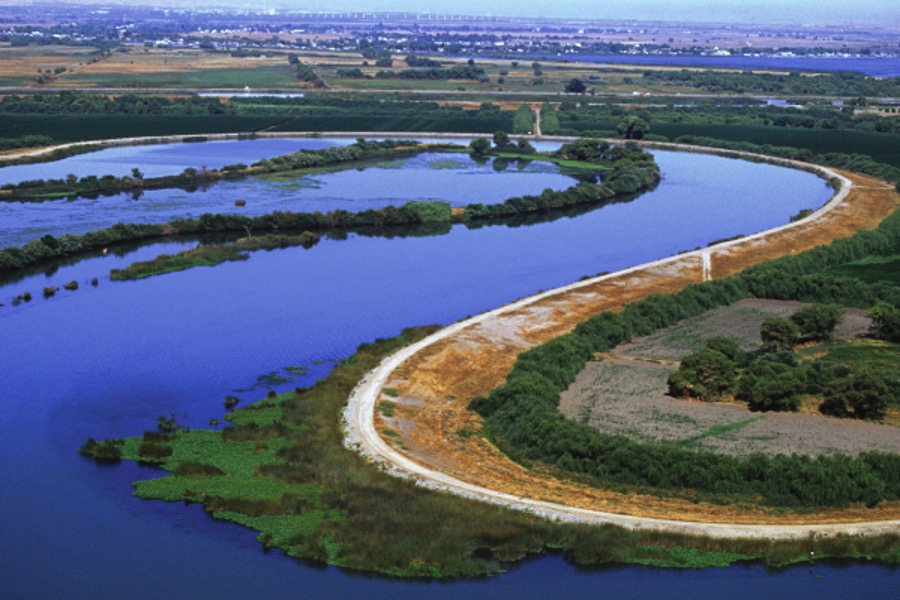
The Collaborative Science and Adaptive Management Program (CSAMP) is the name of a group comprised of water users, state and federal fish and wildlife officials and several conservation groups. After the water users lost court rulings that forced water operations to be more protective of fish and wildlife, the court set up CSAMP to allow an exchange of views on emerging science needed to protect species, including salmon. The water user groups pay for this group to meet and for a facilitator. As such, they often dominate the agenda and have tended to focus more on species and water issues in the interior Delta. GSSA Secretary Dick Pool participates in these meetings and recently persuaded this group to consider supporting salmon recovery efforts outside the interior Delta. Discussions are in the early going but we could see some unusual support for salmon recovery coming from this group in the future.
Spring pulse flow possible? New biop says yes, can it be believed
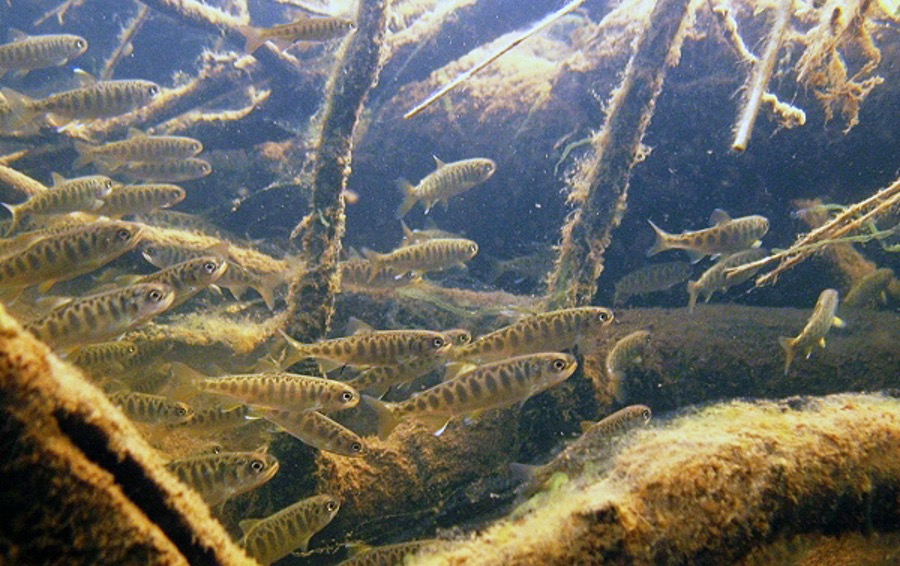
Getting big pulses of runoff down Central Valley rivers makes all the difference in the survival of baby salmon to the ocean. We get these pulses in really wet years when there’s more rain and snow than the reservoirs and valley can absorb. Two years later, we always see a bump up in salmon numbers. Getting the dam and reservoir managers to agree to release water in the spring to aid salmon outmigration has been something of a Holy Grail for GSSA and is called for in our Salmon Rebuilding Plan. It should come as little surprise they generally won’t do it unless forced. That could change. Under new rules governing operation of the Central Valley Water Project, Shasta Dam is required to release spring pulse flow water in years when Lake Shasta holds lots of water (four million acre feet) as of May 1 of the year. The irony is baby salmon need spring pulse flows most in low water years when Shasta has less than four million acre feet of water on May 1. However, the new requirement at least acknowledges what GSSA and others have said for a long time about the benefit to salmon of getting water down the rivers in the spring when these baby salmon are fighting for their lives to get to the Delta and on to the ocean.
11,000 cubic feet of water per second, the coming Sacramento River gold standard?
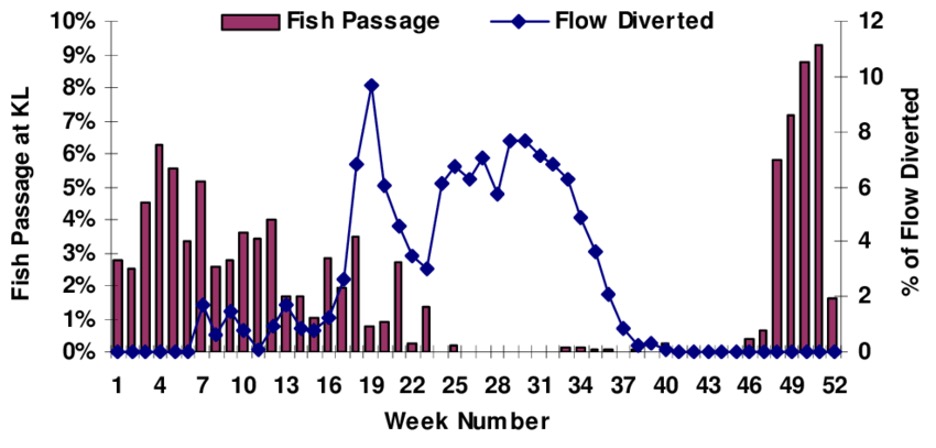
One of the biggest reasons salmon are hurting in modern times in California is that we have very few requirements to keep our salmon rivers at minimum water, or flow, levels. In the Sacramento Valley one of the few such river protections requires the federal Bureau of Reclamation, which operates Shasta Dam, to always release at least 3,250 cubic feet of water per second from the dam. Never drop below this rate, says the rule. But for the mighty Sacramento, 3,250 isn’t very much, especially after big water districts downstream divert a whole bunch along the way. Many, including GSSA, have long argued that more minimum instream flows at various points from Shasta down to the Delta are needed to protect fish and wildlife. Now a new study from the National Marine Fisheries Service is about to hit the streets showing that 11,000 cubic feet per second of water is needed to insure salmon health as measured at a place on the Sacramento called Wilkins Slough, near Arbuckle on Interstate 5. The science behind this is thorough and is the best that’s available. That means the California Dept. of Fish and Wildlife should adopt this as their new yardstick to measure any proposed diversions against. If a new diversion is going to mean we’ll see less than 11,000 cfs at Wilkins Slough in the crucial springtime months when baby salmon are trying to get downstream, that diversion should not be allowed.
GSSA has long called for spring pulse flows as part of our Salmon Rebuilding Plan. Adoption of the 11,000 cfs minimum at Wilkins Slough gives us the target and science needed to defend it.
Dave Hurley salmon tip of the week added to website homepage
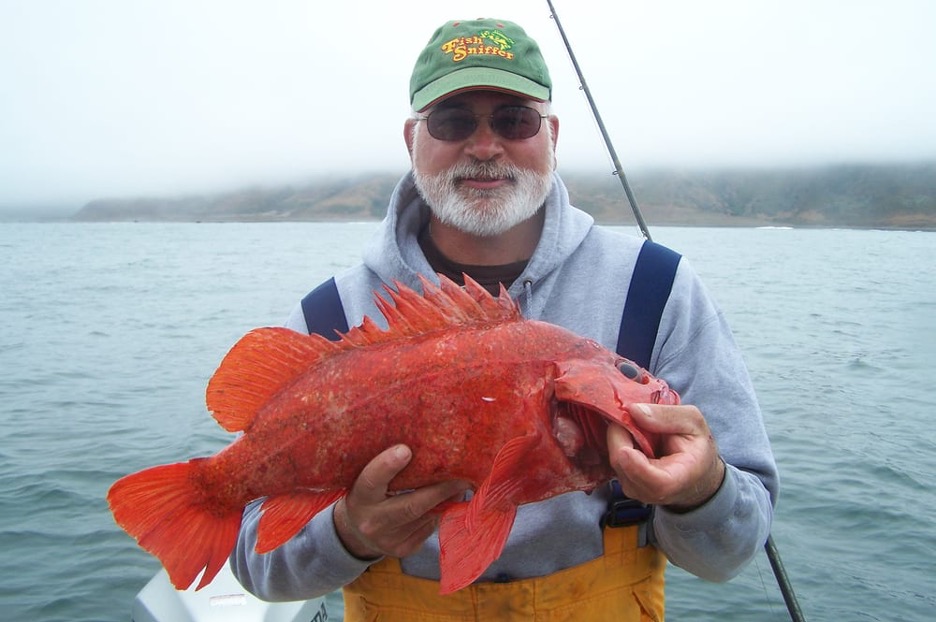
You may have noticed that we’ve added a new feature to the GSSA website. It’s the salmon (or steelhead) tip of the week. It comes courtesy of Dave Hurley and the contributors to the Hurley Hotsheet fishing report that publishes twice a week. The hotsheet covers many different sport fisheries, fresh and saltwater, throughout California. We’re only using salmon, and close to salmon, tips so if you want more of the latest fishing reports, find the Hotsheet and sign up. We’ll try to acknowledge and contributing authors, in addition to Dave Hurley, and thank all involved.
Auction update: What do you plan to buy in 2021?
Do you expect to spend money related to fishing, vacations, goods and services, hardware, etc in 2021? Here’s why we’re asking.
As you know, with covid, we can’t have live fundraisers. We’ve been trying to bridge the funding gap by doing online auctions with donated goods and services. Some of these are of interest to you, some not so much. So we’re asking those of you who think you’re likely to spend in the coming year to let us know the types of things you’re looking for. We might be able to liven up our auctions with more relevant goods and services.
Planning to take a ski trip to Tahoe or somewhere else this season? Let us know. Maybe we know somebody who would donate their place and might be able to pass a good deal on to you.
New rods and reels in your future? New downriggers or radios or safety gear for the boat in your future? Let us know, it’ll give us better ideas of what to stock our auctions with. Thanks.
